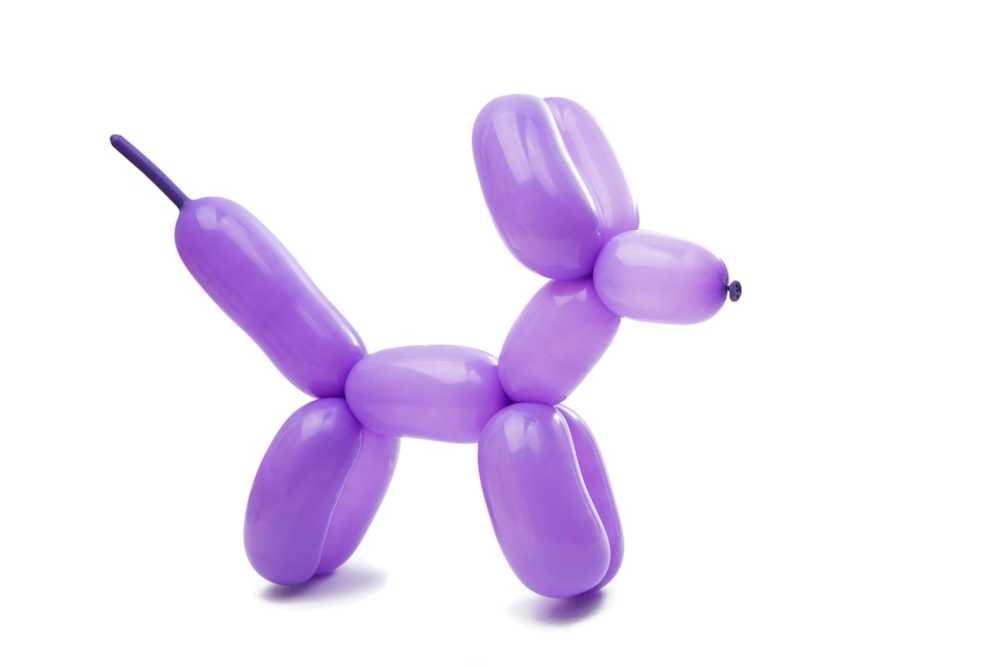Nitrosamines (more formally known as N-nitrosamines) are organic chemical compounds that are formed by a reaction between nitrosating agents and some amines. The compounds do not have known commercial uses, but nitrosamine impurities may be unintentionally present in food, beverages, pharmaceuticals, cosmetics, and rubber-based materials.
Studies have demonstrated a connection between long-term exposure to nitrosamines and increased risk of cancer1, leading to several N-nitrosamines being classified as class 1B carcinogens in the EU REACH Regulation.2 Due to these concerns, regulatory bodies in the EU and other jurisdictions set limits to the maximum concentration of nitrosamine impurities in high-risk product groups.
Migration from rubber and elastomers
Rubber and elastomers may contain nitrosamine impurities originating from the nitrosation of certain rubber additives. One concern is that infants may be exposed to nitrosamines and nitrosamine precursors (nitrosatable substances) through teats and soothers made from these materials. In the EU, teats and soothers must be tested to make sure nitrosamine release does not exceed the following limits, set in Directive 93/11/EEC:
0.01 mg in total of nitrosamines released/kg (of parts made of elastomer or rubber),
0.1 mg in total of nitrosatable substances/kg (of parts made of elastomer or rubber).3
Nitrosamine release is measured using a release-test liquid, in which the sample material is immersed for 24 hours. N-nitrosamines are then extracted from the test solution using dichloromethane and detected using gas chromatography.
Nitrosamines in toys
Directive 2009/48/EC on toy safety prohibits nitrosamines and nitrosatable substances in toys intended for children under three years of age and other toys intended to be placed in the mouth, such as balloons. The migration limits are 0.05 mg/kg for N-nitrosamines and 1 mg/kg for N-nitrosatable substances.4
According to the EU SafetyGate rapid alert system, balloons are the most common toy category where products have to be recalled from the market due to non-compliance with nitrosamine limits.5 Testing such products for nitrosamine impurities before placement on the market is a good way to avoid negative financial and reputational repercussions related to market withdrawals.
Food and food contact materials
The European Food Safety Authority’s Panel on Contaminants in the Food Chain adopted a new scientific opinion on 10 carcinogenic N-nitrosamines in food in 2023, finding that they do raise a health concern.6 Food categories where nitrosamines were found included cured meat products, processed fish, beer and other beverages, cheese, soy sauce, oils, processed vegetables, and human milk.
One way in which nitrosamines end up in food is migration from rubber and elastomers used in food contact materials (FCMs), such as nitrile gloves, hoses, seals, conveyor belts, and food containers. While there are currently no EU-wide regulations on nitrosamine impurities in food or FCMs, German authorities have set a migration limit of 1.0 μg/dm2 for nitrosamines originating from elastomers.7
Nitrosamines in pharmaceuticals
Both the European Medicines Agency (EMA) and the US Food and Drug Administration (FDA) have set limits on the maximum acceptable levels of various nitrosamines in human medicinal products. You can read more about the risk assessment process and required testing in our article on nitrosamine impurity analysis of pharmaceuticals.
As the maximum daily intake levels are very low (in the nanograms-per-day range), highly sensitive analytical methods, such as GC-MS/MS or LC-MS/MS, are needed to screen pharmaceuticals for nitrosamines.
Nitrosamines in cosmetics
In Europe, nitrosamines are prohibited in cosmetic products by Regulation (EC) No 1223/2009. To mitigate nitrosamine formation, high-risk chemicals should not be used with nitrosating agents and should be kept in nitrite-free containers. The nitrosamine content in the final cosmetic product must not exceed 50 μg/kg.8
Measurlabs provides testing and analysis services for nitrosamines and nitrosatable substances in a variety of sample materials. If you need testing or have any questions about the topic, please contact us through the form below. We will get back to you within one business day.
References:
1 Estimated Cancer Risks Associated with Nitrosamine Contamination in Commonly Used Medications by Kate Li et. al., published in the International Journal of Environmental Research and Public Health in Sept 2021
2 Appendix 2, Entry 28 – Carcinogens: Category 1B of Regulation (EC) No 1907/2006 contains N-nitrosodimethylamine (NDMA), 2,2′-(Nitrosoimino)bisethanol, and N-nitrosodipropylamine (NDPA).
3 Commission Directive 93/11/EEC
4 Directive 2009/48 EC, Annex II, III. Chemical Properties, point 8
5 Search for alerts on the SafetyGate rapid alert system for dangerous non-food products with the free text search “nitrosamine”
6 Risk assessment of N-nitrosamines in food by Dieter Schrenk, et.al., published in March 2023 in the EFSA Journal.
7 German Federal Institute for Risk Assessment BfR’s Recommendation XXI on rubber in contact with food.
8 See Annex I of Regulation (EC) No 1223/2009, where nitrosamines are found under reference number 410, and Annex III, which outlines the conditions of use for chemicals that may react to form nitrosamines.

